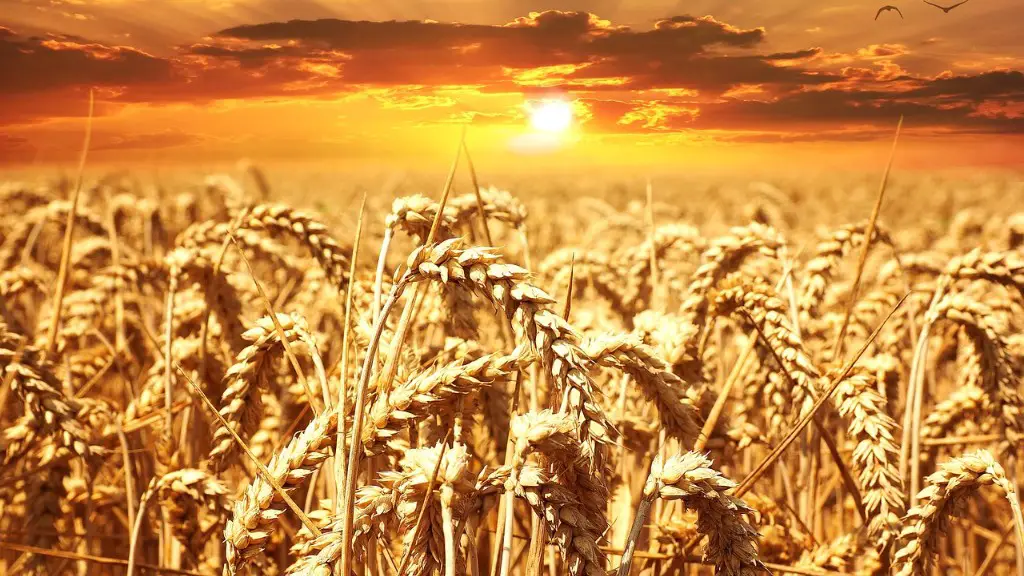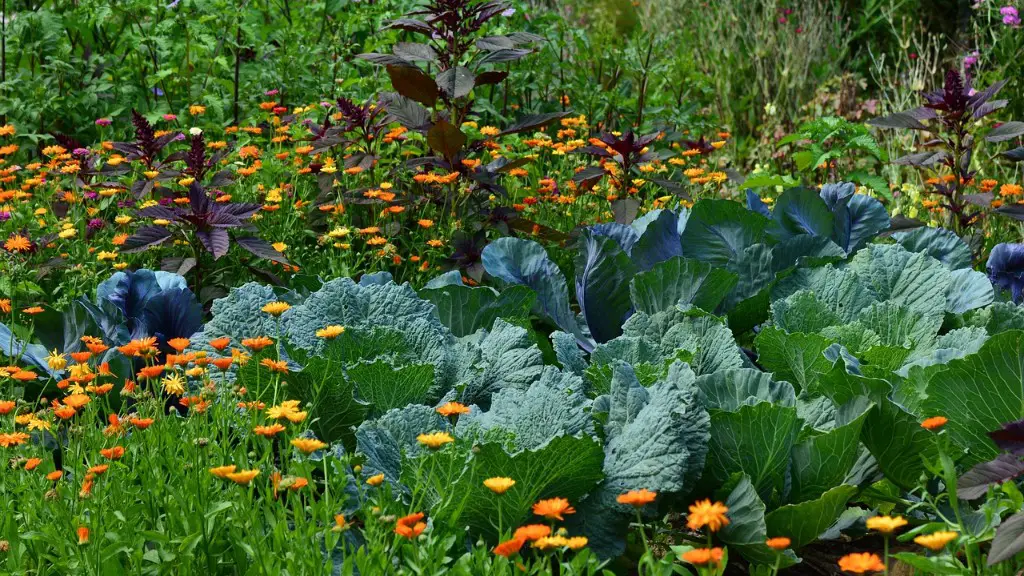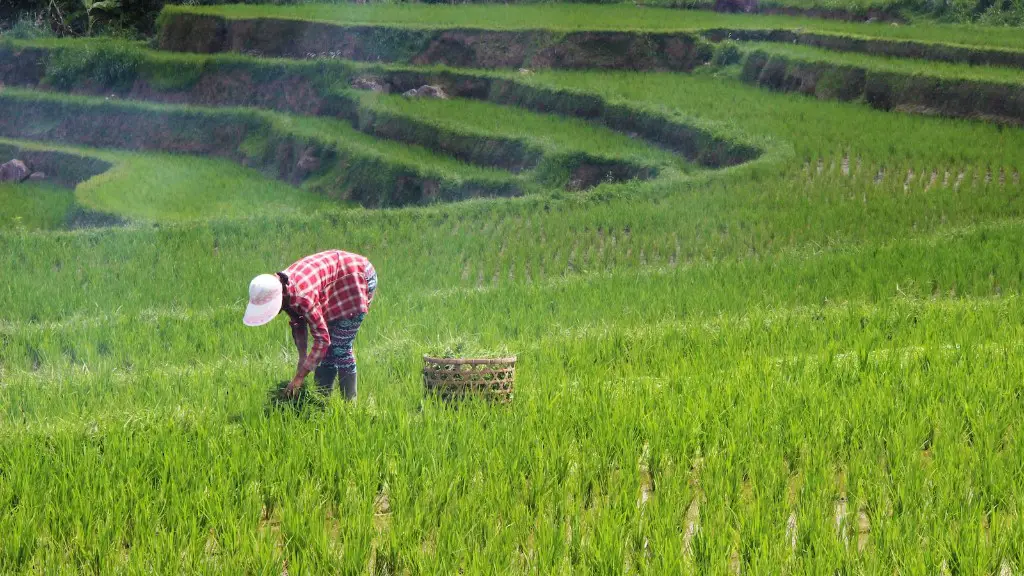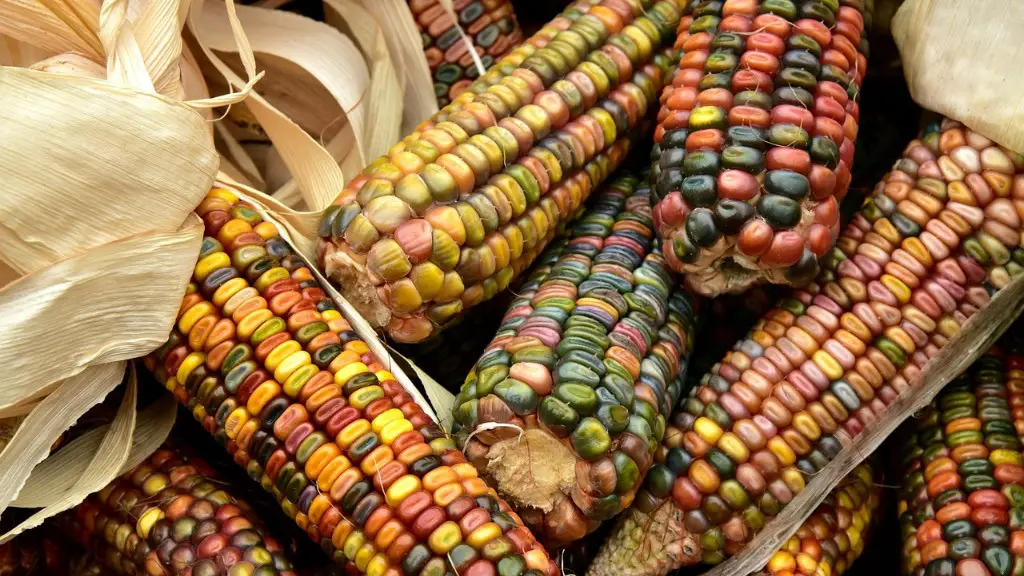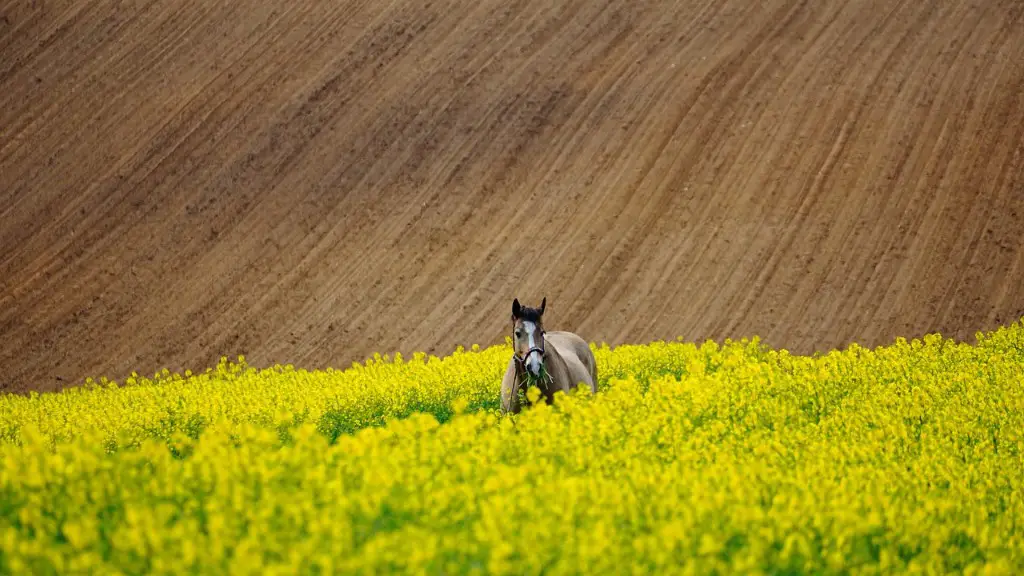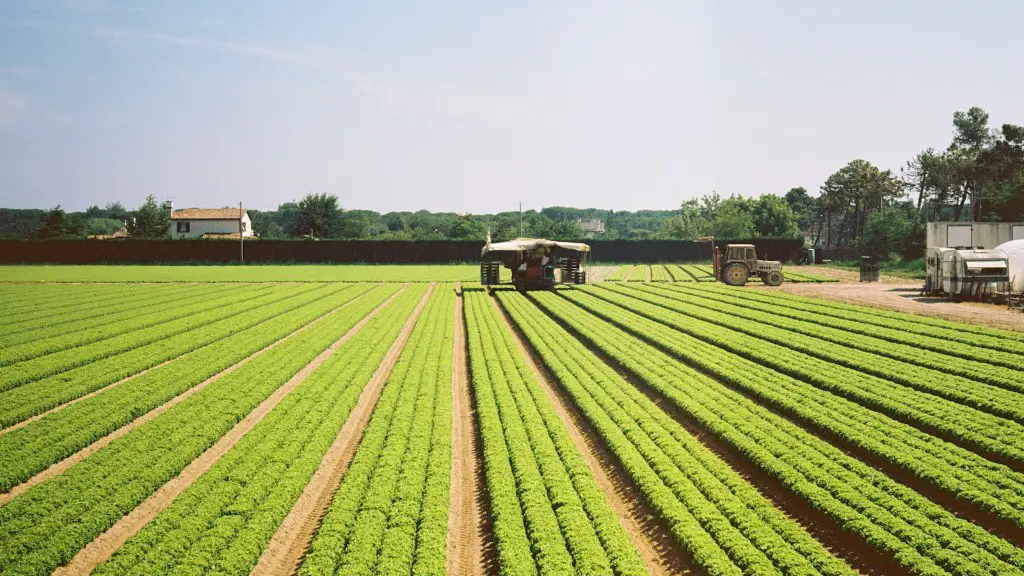Drones have been used in agriculture for crop mapping and monitoring, but there are many other potential uses for drones in agriculture, including crop dusting, irrigation, and crop monitoring. Farmers are always looking for ways to improve efficiency and cut costs, and drones may be able to help.
The use of drones in agriculture can be a very beneficial tool in helping to improve yields and efficiency. There are a few different ways that drones can be used in agriculture, such as crop mapping, field scouting, and crop spraying.
Crop mapping is probably the most popular use for drones in agriculture. This process involves using a drone to take high-resolution pictures of crops, which can then be used to create a detailed map. This map can be used to help farmers plan their crop rotations, choose the best possible location for their crops, and track the progress of their crops throughout the growing season.
Field scouting is another common use for drones in agriculture. This process involves using a drone to fly over a field and take pictures or video of the crops. This information can then be used to help farmers identify problems with their crops, such as pests or disease.
Crop spraying is the third most popular use for drones in agriculture. This process involves using a drone to apply pesticides or herbicides to crops. This can be a very efficient way to apply these products, and it can help to reduce the amount of time and money that farmers have to spend on these activities.
How are drones used for agricultural purposes?
Drones can be used to take high-resolution images of crops and land, which can be used to detect problems such as pests or crop stress.
Crop mapping.
Drones can be used to create detailed maps of crops, which can be used to optimize field management.
Livestock monitoring.
Drones can be used to monitor livestock, such as cows or sheep, to ensure their well-being and to detect potential problems such as illness or injury.
Drones have become increasingly popular in recent years, but not all of them are suitable for use in agriculture. Those that are suitable for farming fall into two categories: fixed-wing and multi-rotor drones. The cost and payload capacity of both types are similar. Fixed-wing drones are more efficient when it comes to covering large areas, but multi-rotor drones are more maneuverable and can be used in tighter spaces.
How much does drone spraying cost per acre
Most commercial drone applicators are currently charging $11-14 per acre, which is competitive with traditional aerial applications. This pricing may vary depending on the size and scope of the project, but overall, drone applicators are very competitive in the market.
Drones help save 95 per cent of the water used for spraying pesticides or insecticides. It is enough if 150-200 ml of pesticide or insecticide is mixed in 8 liters of water. This is since different chemicals have now come up and they need less water for dilution, especially with the emergence of drones.
How many acres can a drone spray?
Most drones that are used for spraying purposes have a battery life of 5-20 minutes. They are also capable of covering 10-40 acres per hour. This makes them a very useful tool for farmers and those who need to cover large areas of land.
This is great news for farmers who are looking for a more efficient way to spray their crops. The Agras T30 is a great option for those who want to cover a large area in a short amount of time.
How far can agriculture drones fly?
The eBee SQ is a fixed-wing UAV that has a maximum speed of 40-110 km/h and a flight time of 55 minutes. Its maximum range is up to 8 km.
To calculate the amount of herbicide needed to treat a field, multiply the number of treated acres by the gallons per treated acre. In this example, 10 acres would require 240 gallons of herbicide.
How many gallons does it take to spray 2 acres
The amount of water a sprayer can hold typically ranges from 05 to 2 gallons. To cover an area of 1000 square feet, you would need 22 to 88 gallons of water.
The application rate of spray drones in row crops is usually 15 to 20 gallons per acre. This high application rate ensures that the drone can cover the entire area of the crop, making it an efficient way to apply pesticides or herbicides.
What are 4 advantages of using drones on farms?
Advantages of drones in asset management:
-Drones can cover large and small properties quickly to assess and manage assets, resources, and land.
-Drones can help assess crop yield and acreage, as well as provide information on crop health and stressors.
-Drones can be used to help allocate labour resources for more efficient fieldwork.
Other advantages of drones include:
-The ability to fly in difficult-to-reach or dangerous areas
-Improved accuracy and detail in mapping and surveying
-The ability to monitor multiple areas simultaneously
Agricultural drones are becoming increasingly popular in the agricultural industry, due to their ability to save time and increase efficiency. However, there are also some potential drawbacks to using drones in agriculture, such as the possibility that they might be complicated for some users, expensive, and subject to legal restrictions.
How much does drone spraying cost
Our process is simple:
1. You provide us with your target area, operating hours, and desired application rate.
2. We provide you with a proposal that outlines the pricing for your project.
3. Once you accept the proposal, we begin working on your project.
4. We track the progress of your project and provide you with regular updates.
5. Upon completion of your project, we submit a final invoice for payment.
The cost of drones can vary greatly, from a few hundred dollars to over 20,000 for a commercial grade spraying drone. The FAA views agricultural drone activity as a commercial drone operation, so you must have a Remote Pilot Certificate to fly. More details on that process can be found on the FAA website.
Can you shoot a drone over your property?
The use of firearms, especially in built-up areas, is illegal and can lead to prosecution. The destruction of another person’s property is also an illegal act that can lead to prosecution. Therefore, it is not reasonable to shoot at a drone if you believe your privacy rights are being violated.
The use of drones is not permitted on or above National Trust properties or land, according to the trust’s byelaws. This is to ensure the safety of visitors and staff, as well as to protect the wildlife and landscapes on National Trust land. If you want to use a drone on or above National Trust land, you will need the necessary Civil Aviation Authority qualifications, specific insurance and a licence granted by the National Trust.
Conclusion
Using drones in agriculture is becoming increasingly popular as farmers look for ways to improve efficiency and yields. There are a number of ways drones can be used in agriculture, from mapping fields to spotting crop pests and helping with irrigation. Here are a few tips on how to use drones in agriculture:
1. Use drones to map your fields. This can help you plan your planting and irrigation more accurately.
2. Use drones to spot crop pests. This can help you identify problems early and take steps to address them.
3. Use drones to help with irrigation. Drones can be used to monitor watering systems and help ensure your crops are getting the right amount of water.
4. Follow all regulations. When using drones in agriculture, it’s important to follow all regulations set by the Federal Aviation Administration (FAA).
5. Stay safe. When operating drones, always follow safety guidelines to avoid accidents.
The use of drones in agriculture can be extremely beneficial in a number of ways. They can be used to help with crop mapping and yield analysis, as well as detecting crop stress and diseases. Additionally, drones can be used for field scouting and crop spraying. Farmers who use drones in their operations can expect to see increased efficiency and productivity.
